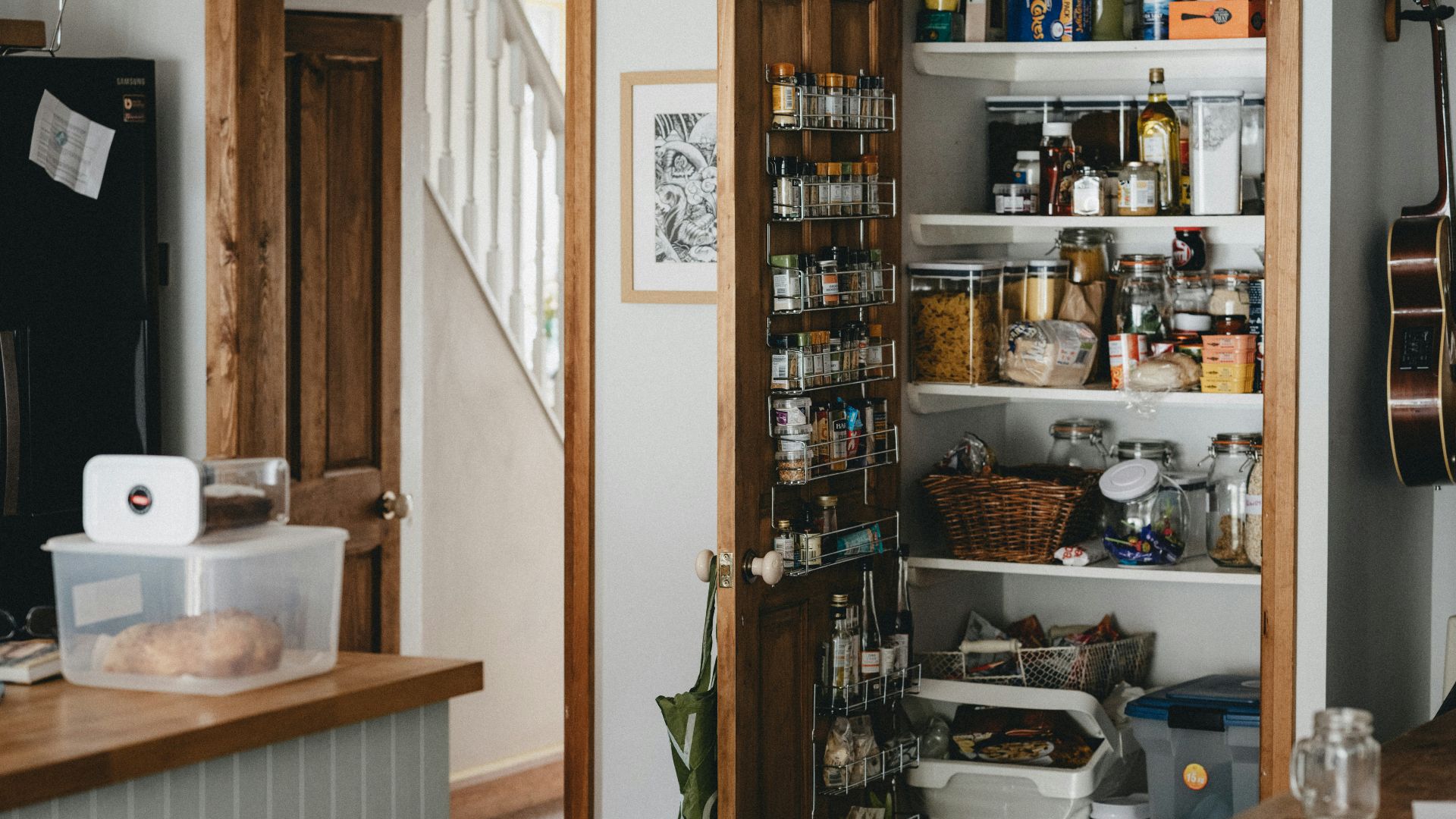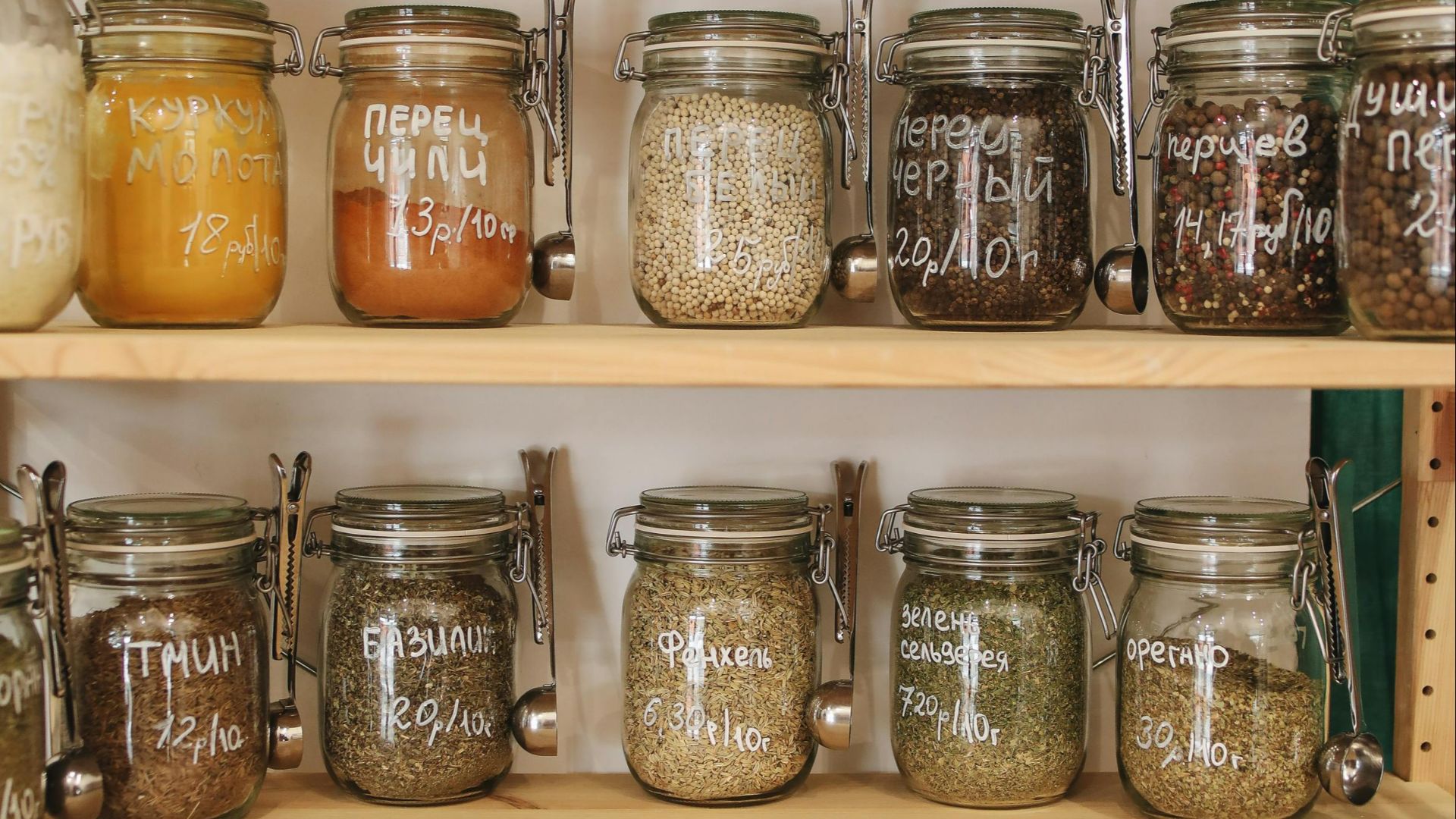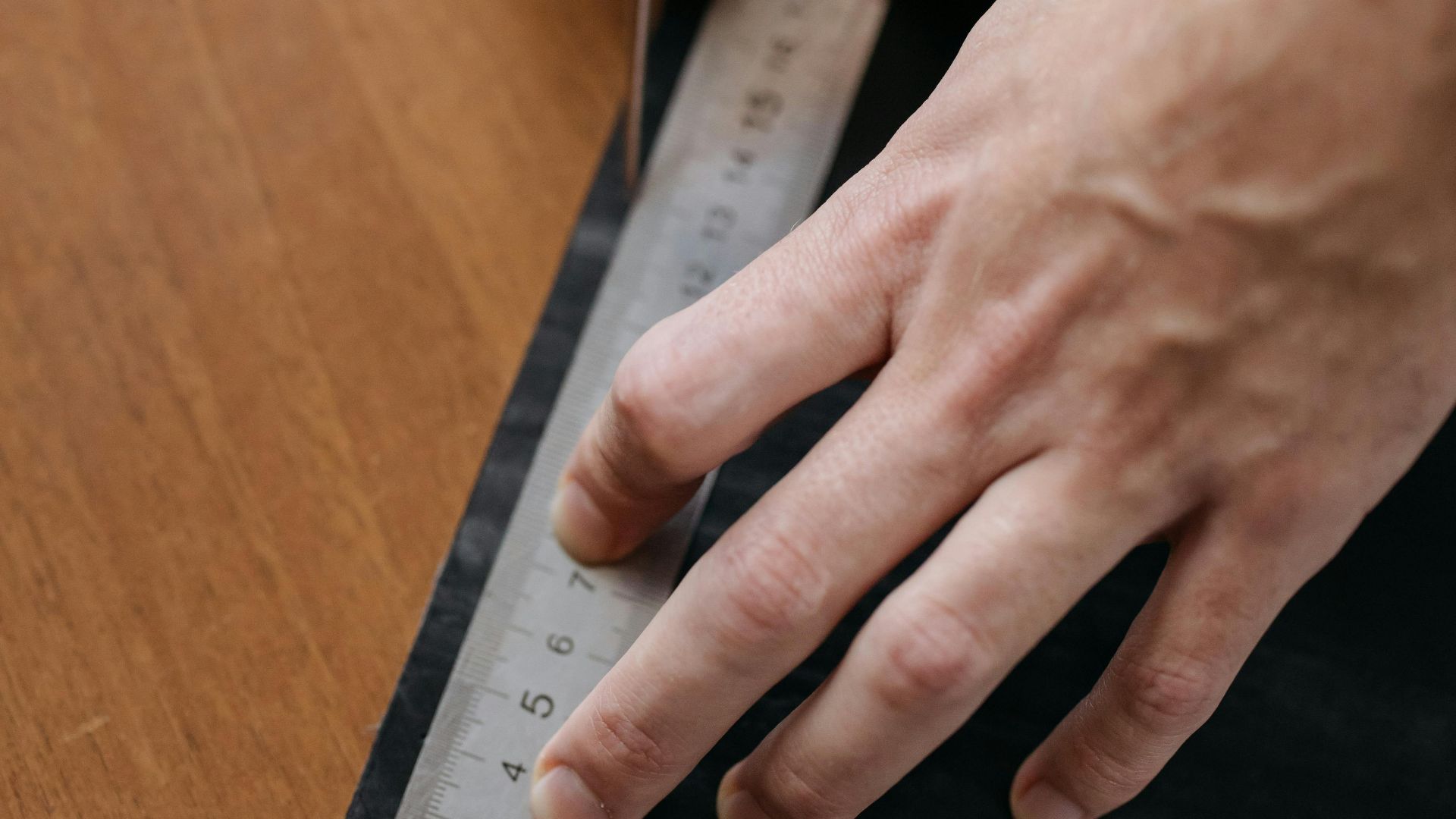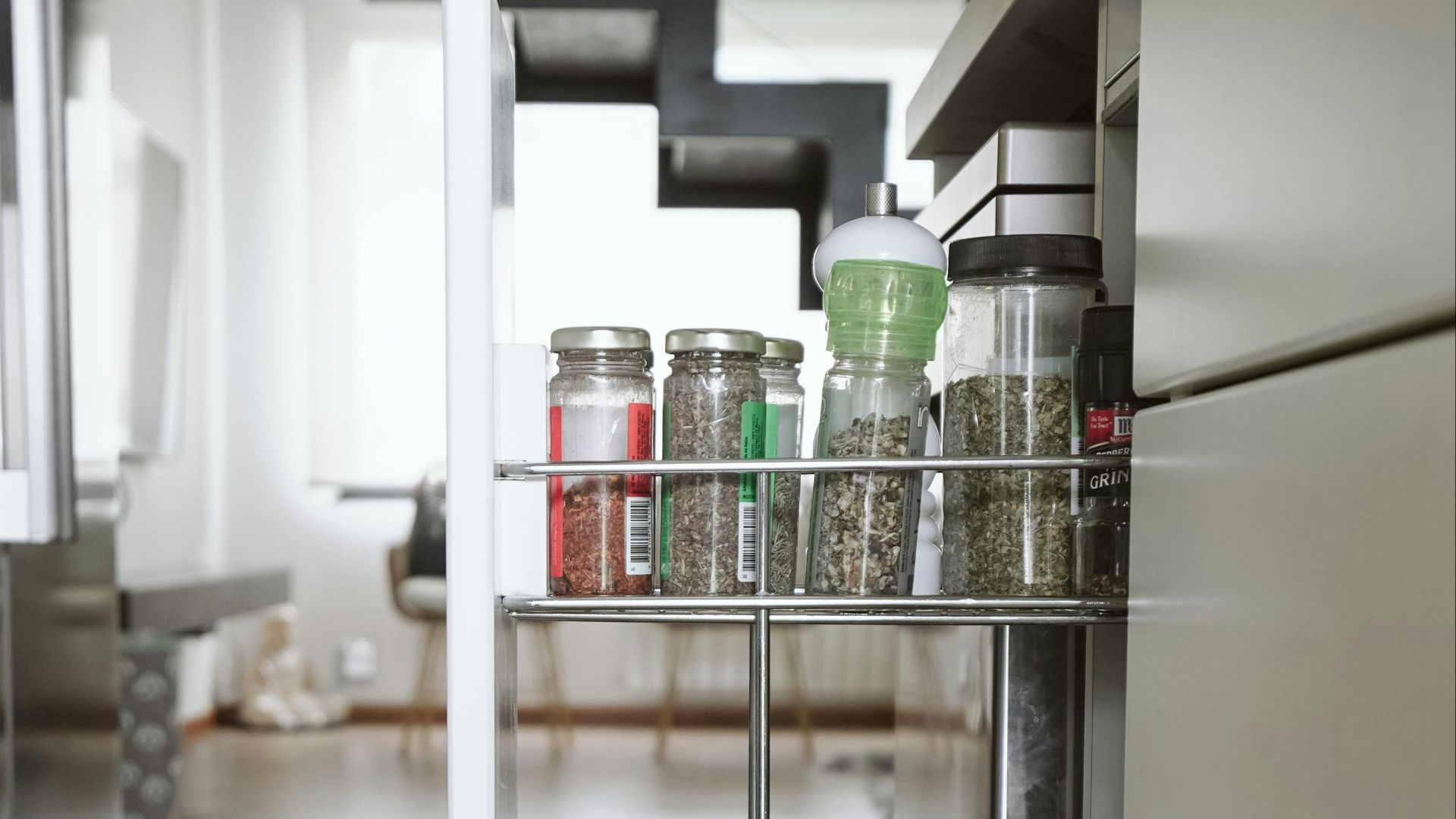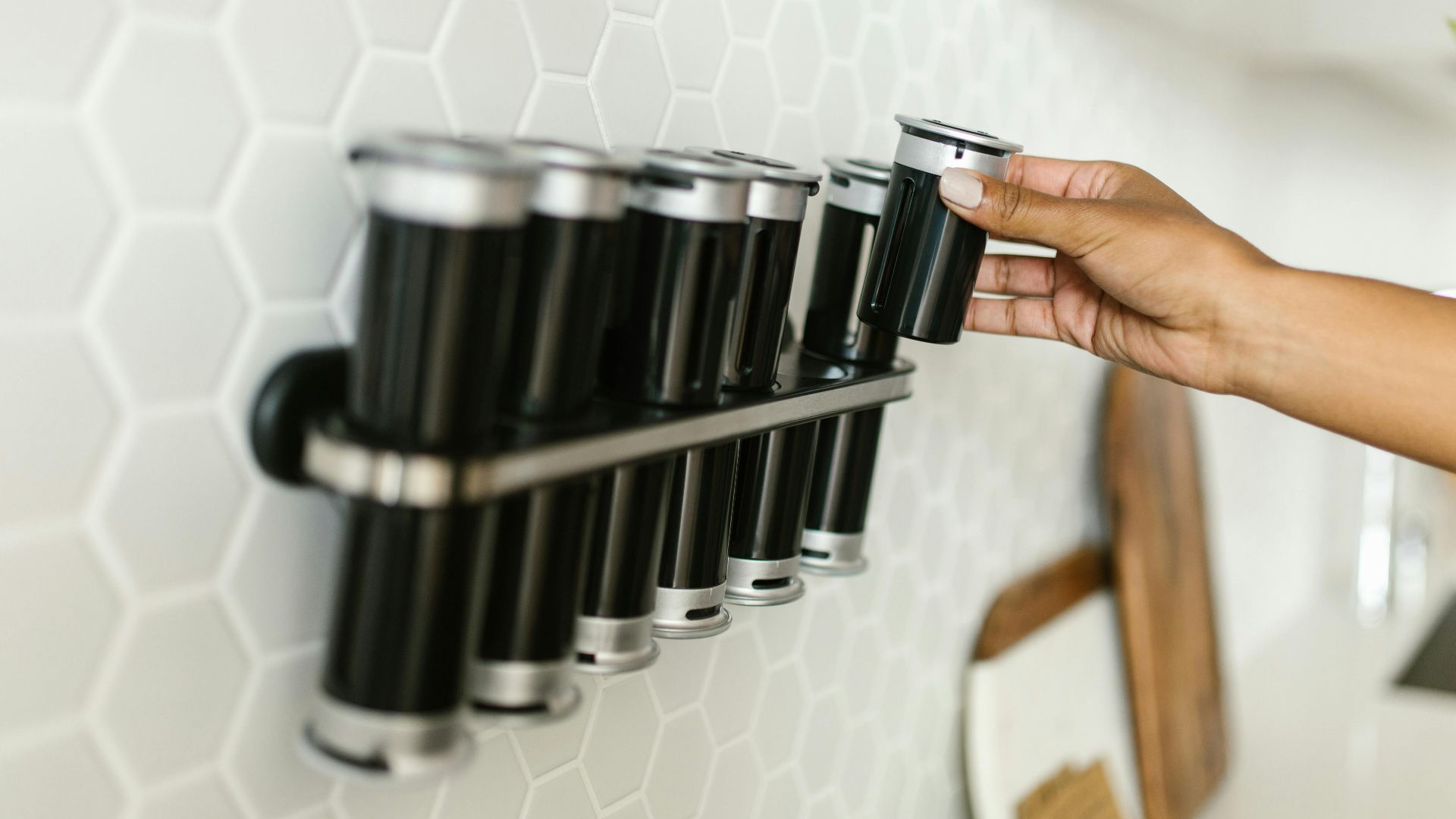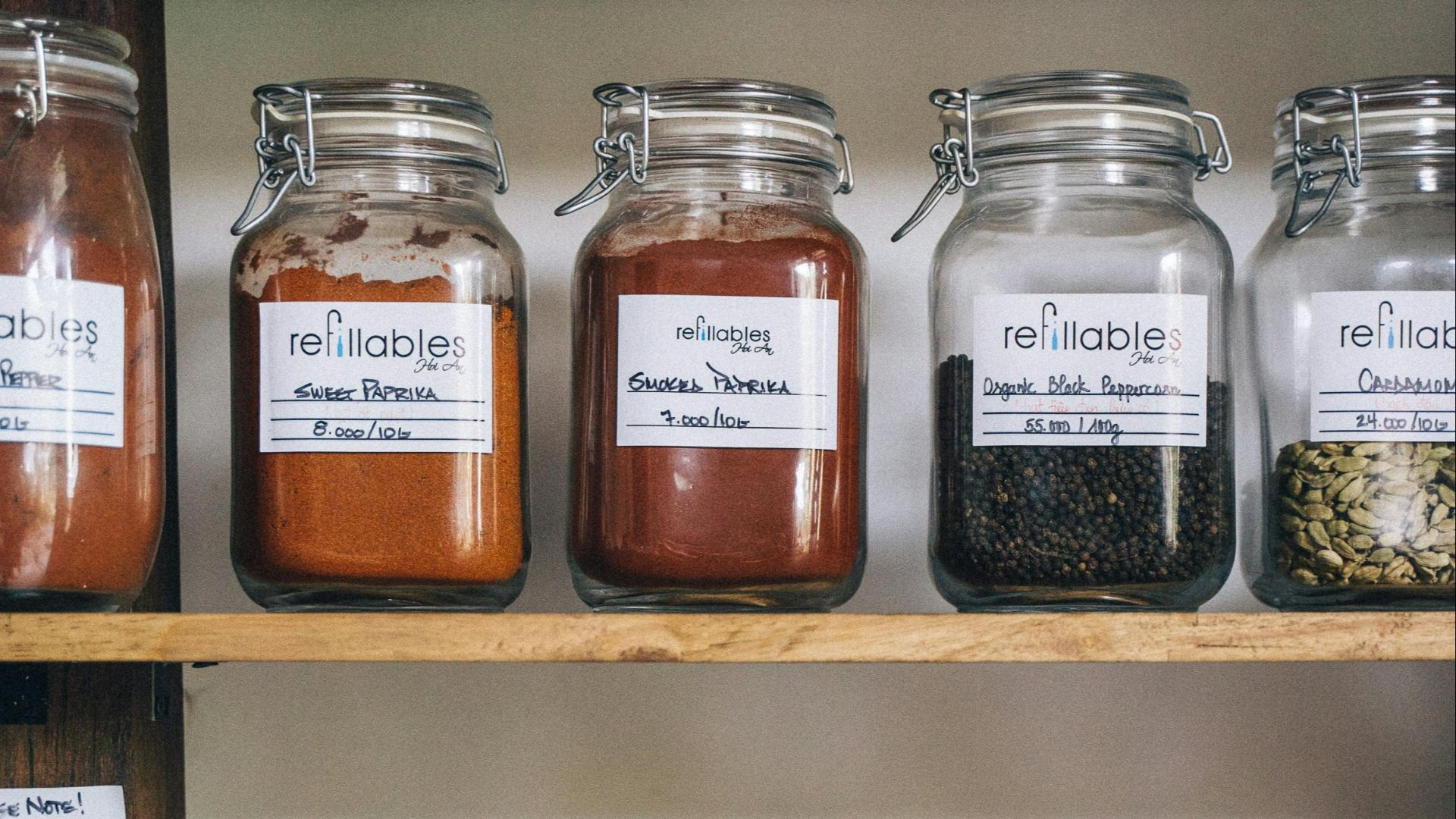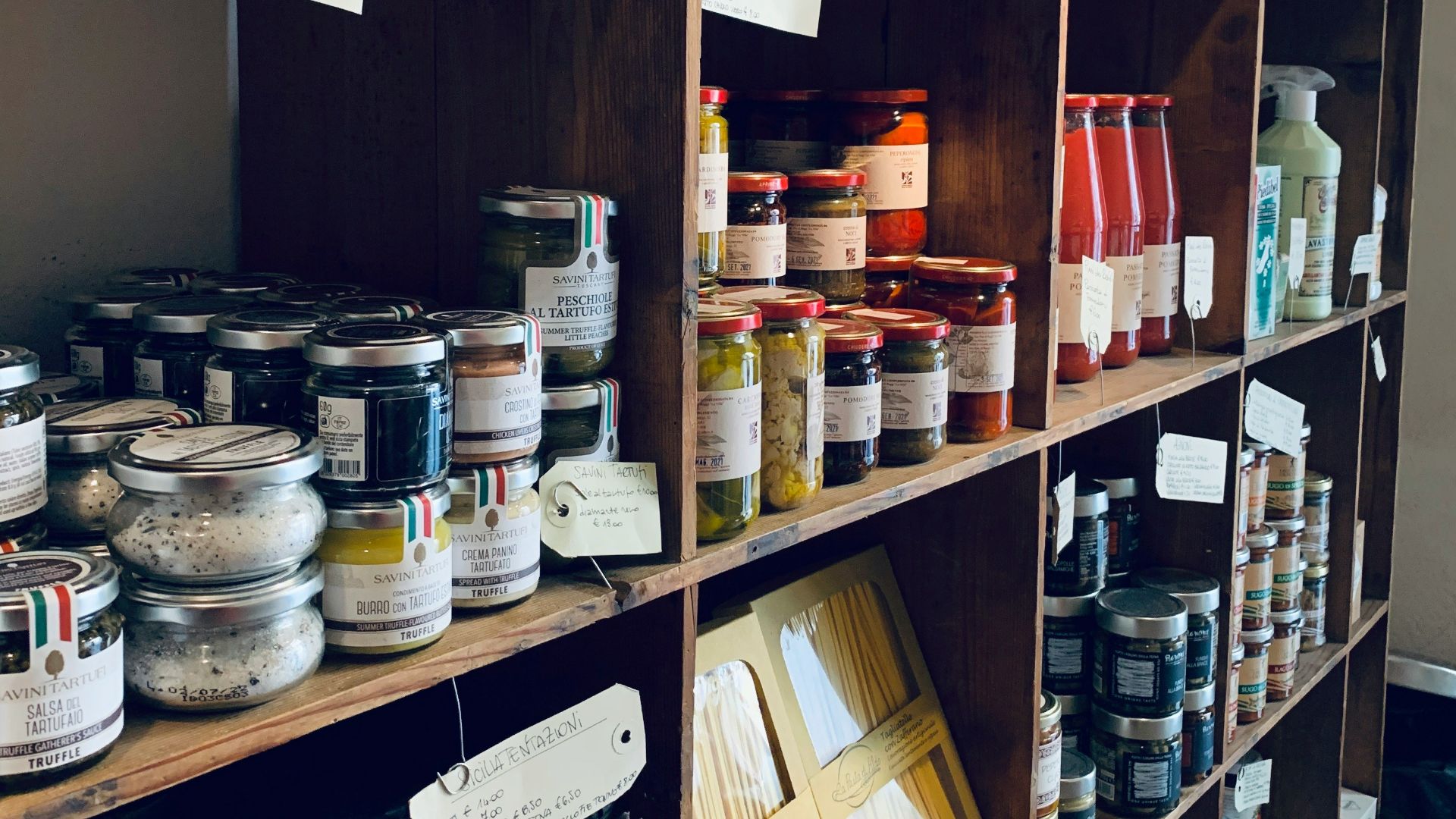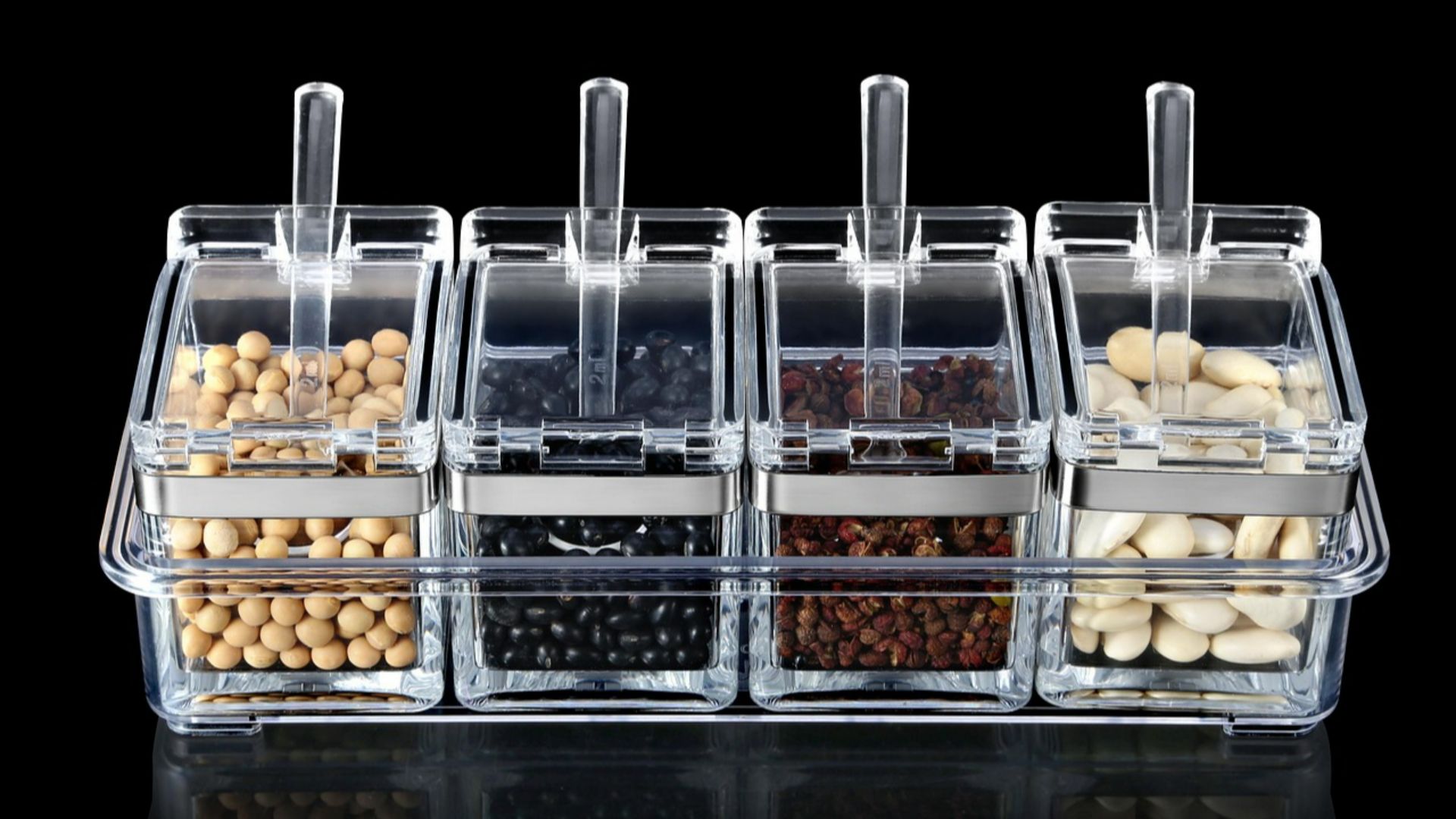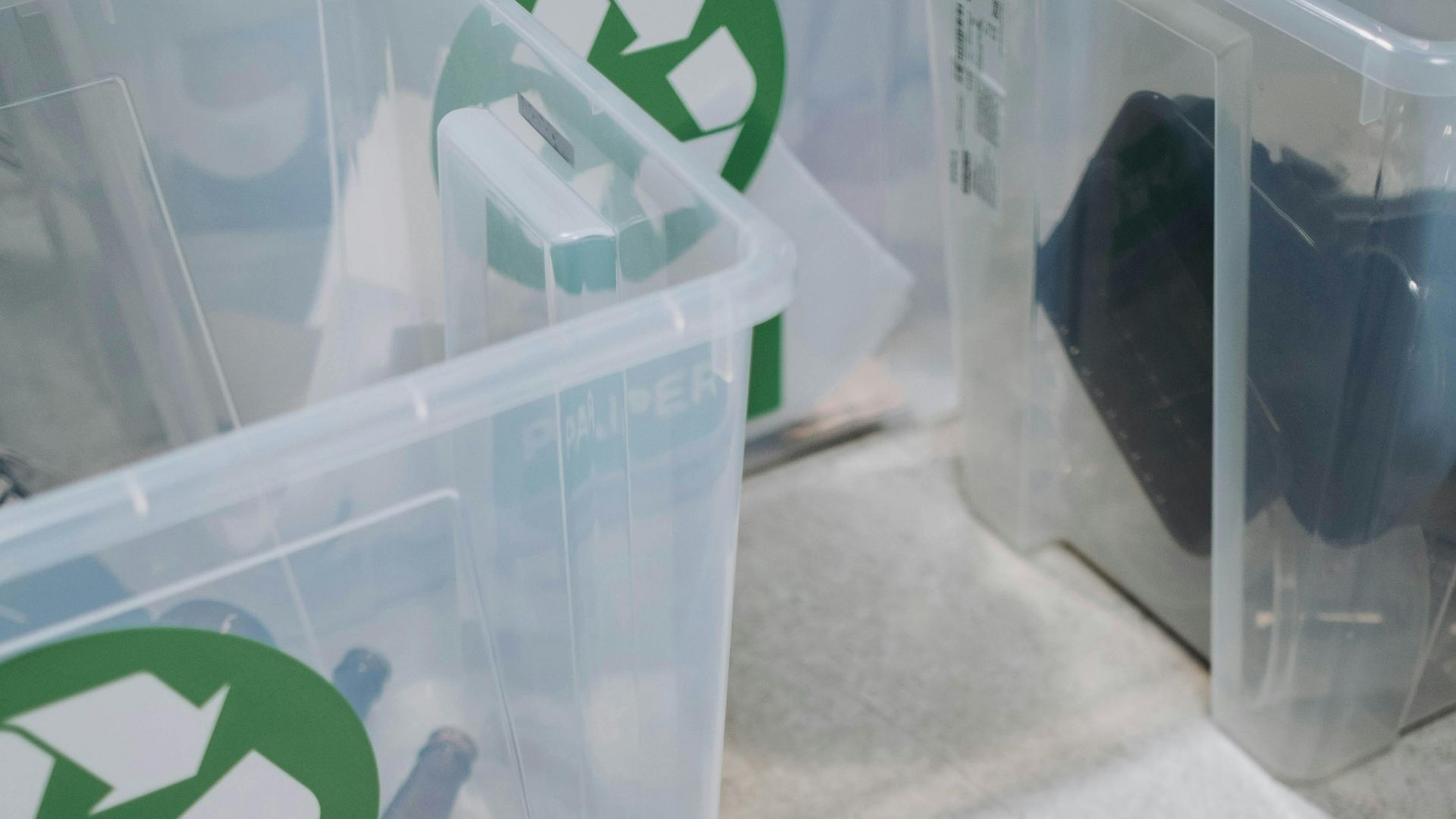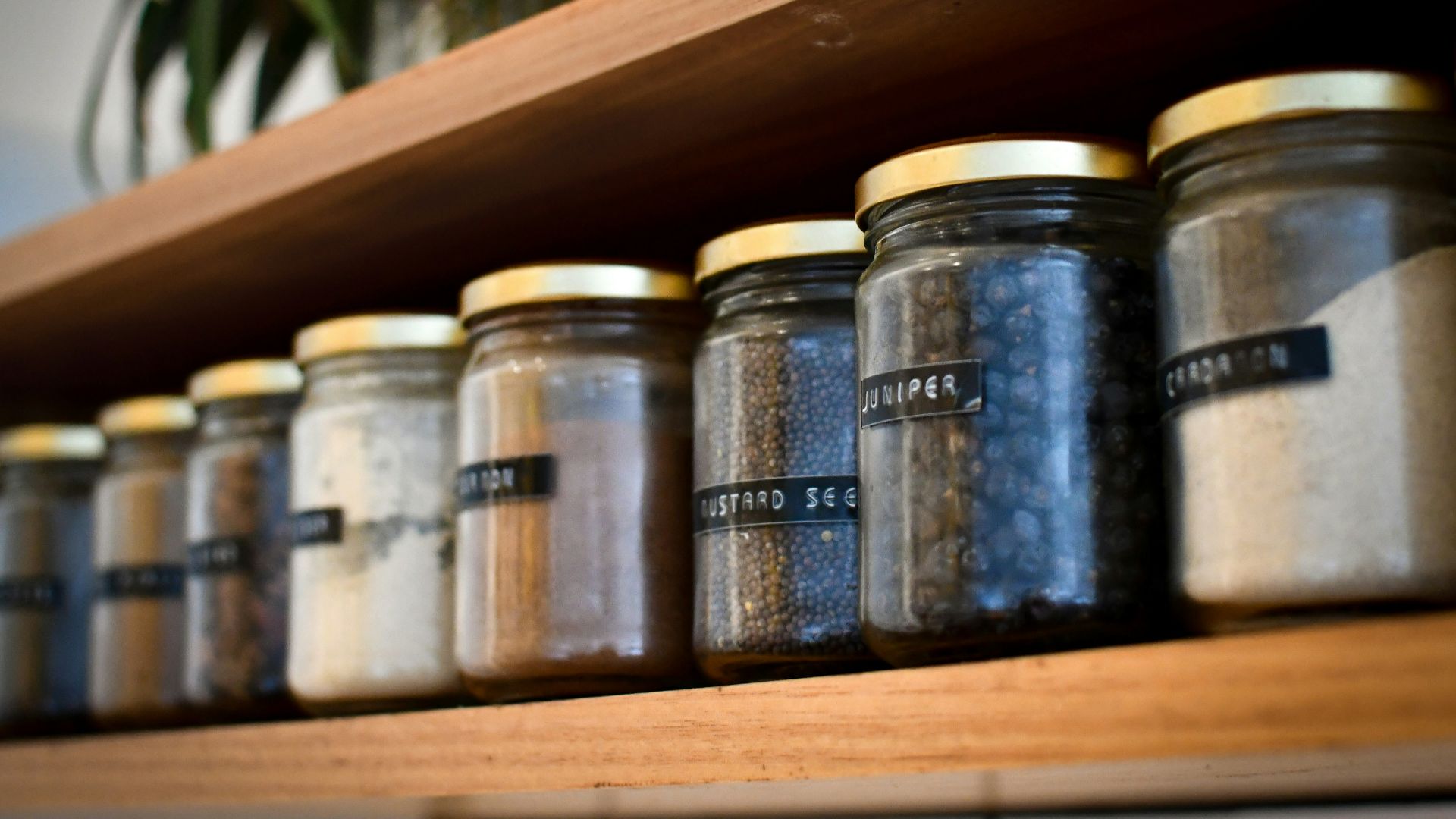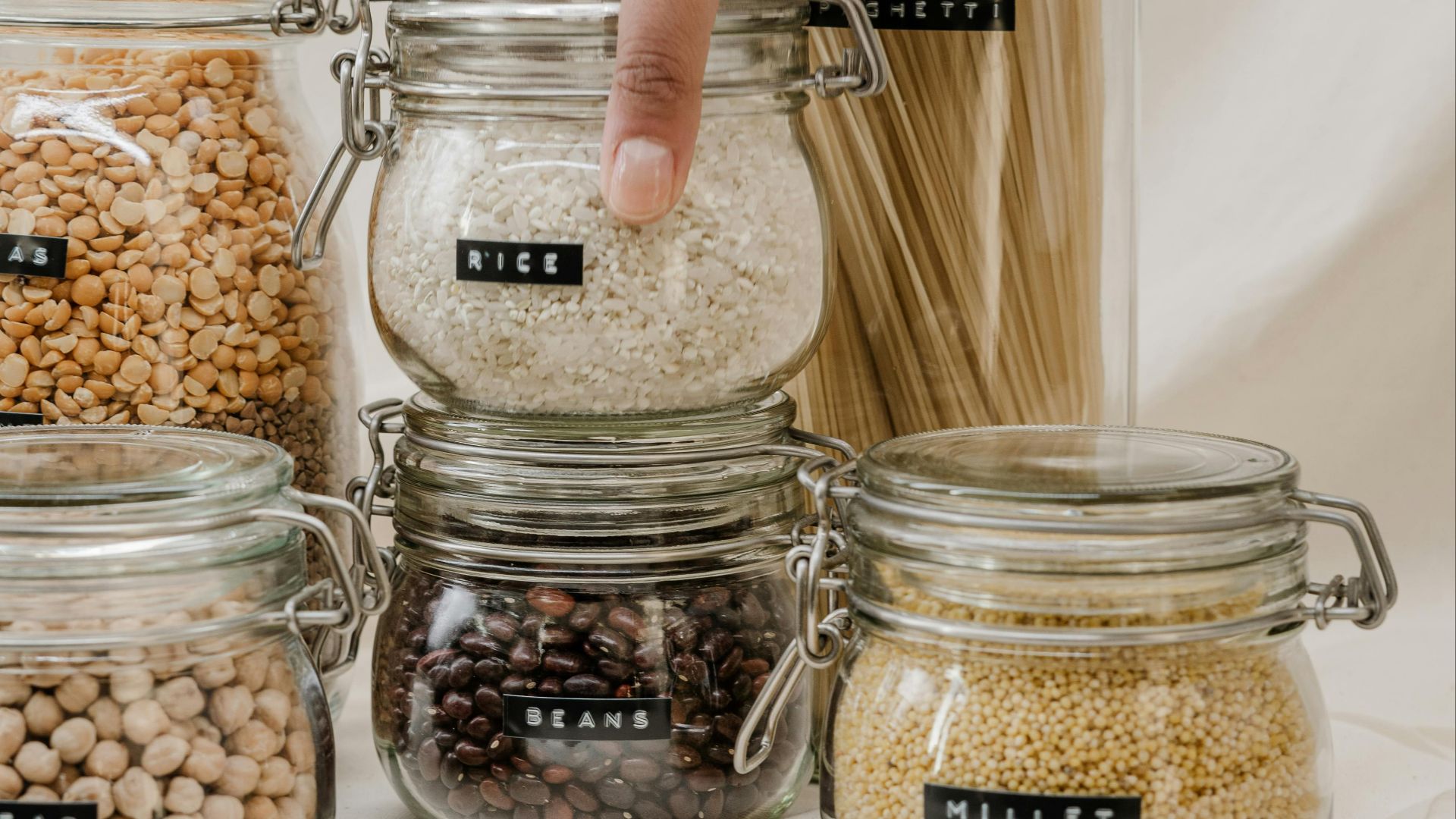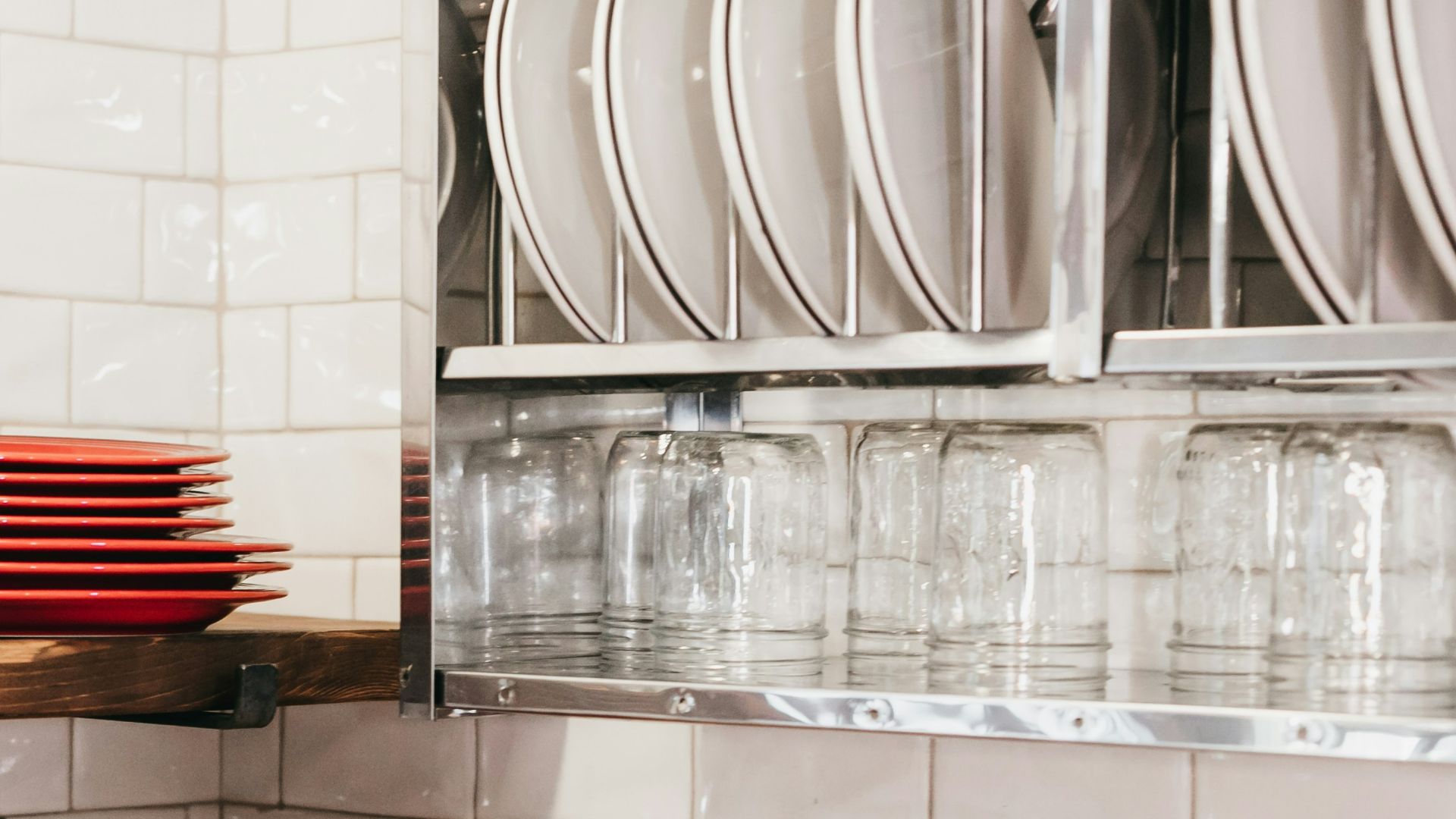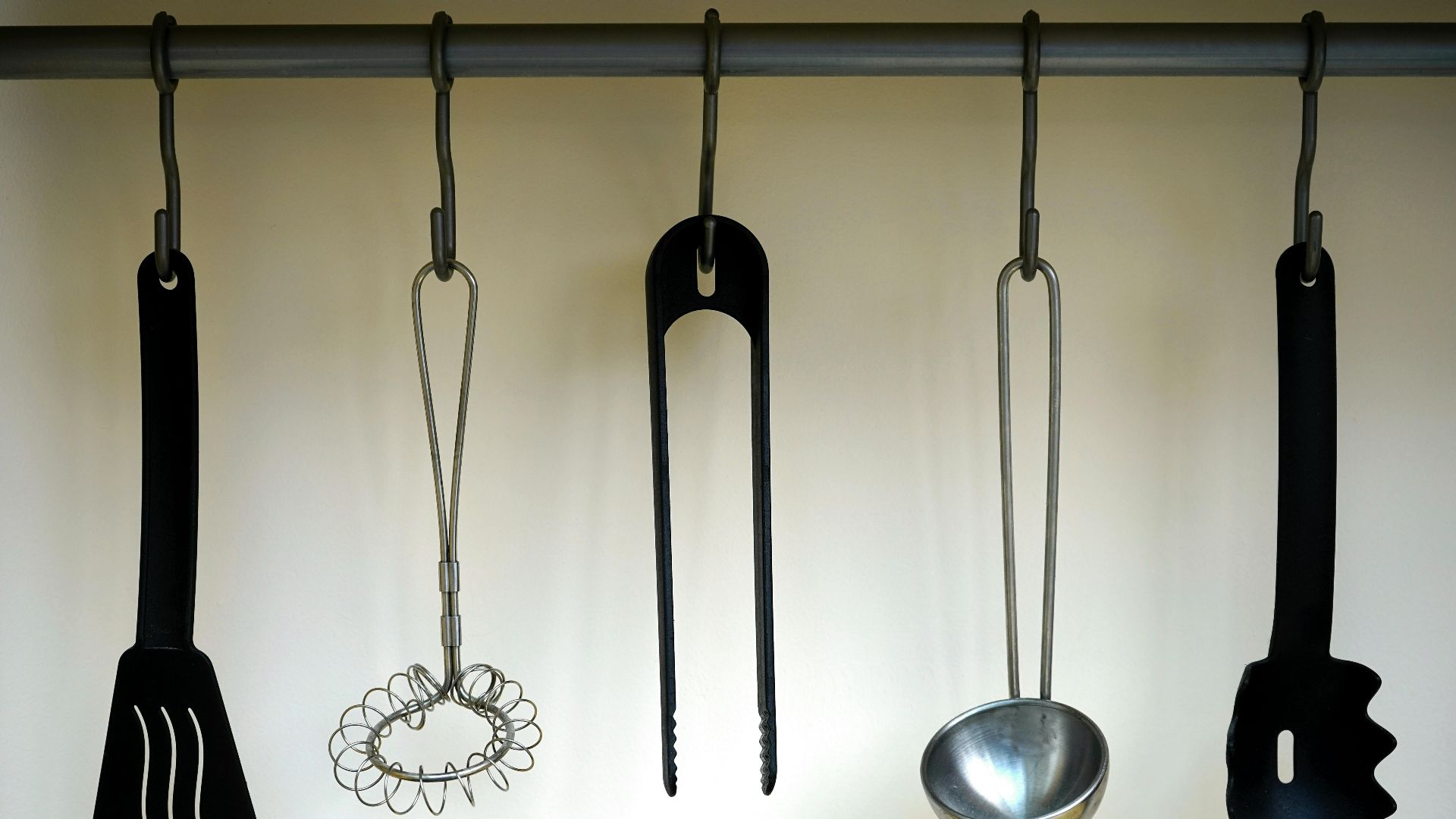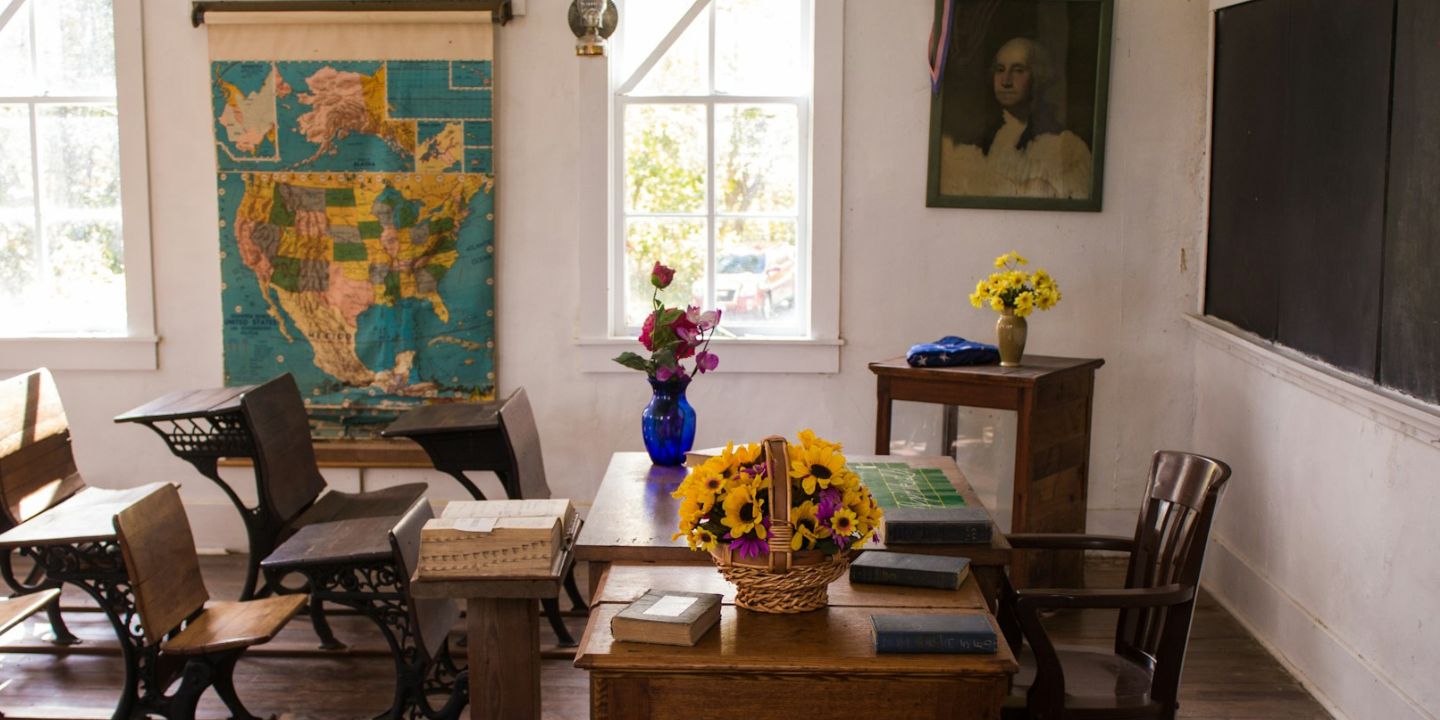Make Your Pantry Work For You
Every time that bag of rice tumbles onto the floor, your pantry wins. Every time you buy a third bottle of soy sauce because you can’t find the first two, it wins again. But good news—you’re about to take control. No more losing to the mess; these 20 steps will help.
1. Start With A Clean Slate
Nothing good comes from organizing around existing messes. So start by taking every single item out—yes, even those suspicious spice jars from 2012. Lay everything on a counter and prepare for a complete reset. A blank canvas makes it easier to design a truly functional space.
2. Check Expiry Dates
Outdated cans, stale crackers, and expired condiments are pantry squatters that need an eviction notice immediately. Check those labels. If it’s past its prime, toss it. Keeping only fresh, usable items saves space and ensures you’re not accidentally serving stale cereal for breakfast.
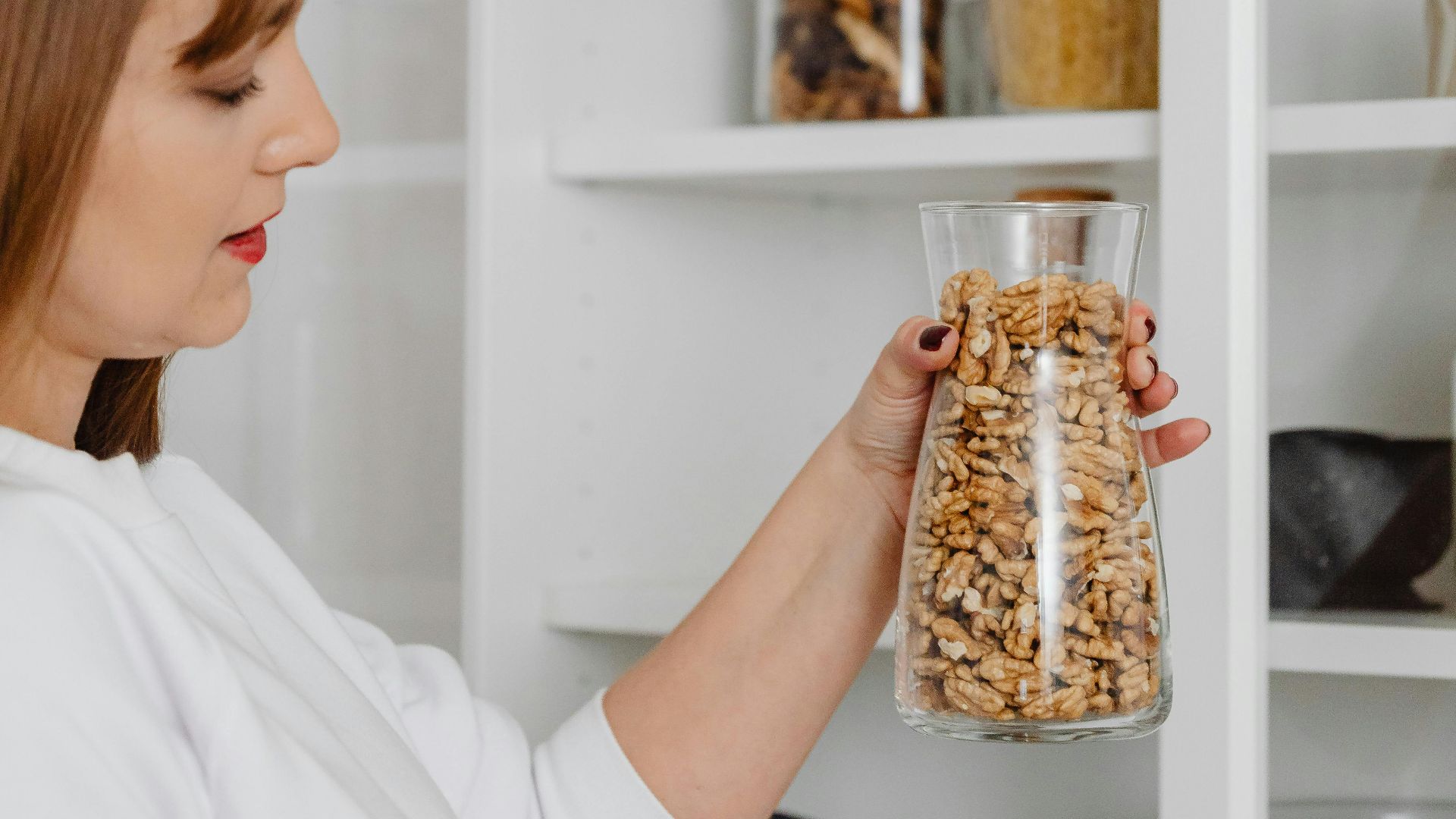 Photo By: Kaboompics.com on Pexels
Photo By: Kaboompics.com on Pexels
3. Wipe Down Shelves
Grime, dust, debris, and sneaky crumbs lurk on shelves, attracting pests. A thorough wipe-down with a food-safe cleaner eliminates bacteria and keeps everything fresh. Opt for a vinegar-water mix for a natural clean. Your pantry should smell inviting, not like forgotten spills.
4. Group Similar Items Together
Keep all baking essentials together, snacks in one section, and canned goods stacked neatly. Why? It cuts down on meal prep time, eliminates frantic searching, and makes grocery restocking a breeze. Your future self will thank you because sorting is your secret weapon.
5. Measure Shelf Dimensions
One-size-fits-all is a myth when it comes to pantry organization. To get it right, measure each shelf’s dimensions before investing in storage bins or containers. This ensures a perfect fit, maximizing space and avoiding wasted inches. Precision is the key to an optimized pantry.
6. Use Stackable Containers
Pantries often have wasted air space—fix that with stackable containers. They create additional storage layers, especially for dry goods like pasta, rice, flour, and snacks. Choose clear containers for more order on the shelves.
7. Install Pull-Out Drawers
If deep shelves feel like black holes, pull-out drawers are the solution. They slide smoothly, bringing everything within reach. You don’t have to bend and fumble in the dark for that lost jar of peanut butter. Install these, and every item stays visible and accessible.
8. Hang A Wall-Mounted Spice Rack
Spices don’t belong in a jumbled mess at the back of a shelf, and the solution could be a wall-mounted spice rack. Such a rack will keep them within reach and beautifully displayed. Plus, it’s a game-changer for cooking efficiency.
9. Use Tiered Shelves
Canned goods often end up hidden behind each other, which leads to duplicates or wasted food. Tiered shelves fix that by lifting the back rows, giving you a clear view of everything. Think of it like stadium seating—but for your pantry essentials.
10. Place A Lazy Susan In Corners
Ever lost a bottle of soy sauce behind five jars of pasta sauce? A Lazy Susan solves that. Just spin to find what you need instantly. Perfect for oils, vinegar bottles, spices, and other condiments. This small change makes a massive difference in pantry accessibility.
11. Label Every Container Clearly
Labels are unsung heroes. Handwritten, chalkboard, or printed—whatever works for you. Mark everything clearly, especially similar-looking ingredients like flour and powdered sugar. Because mistaking salt for sugar? That’s a kitchen disaster waiting to happen.
12. Store Heaviest Items On Lower Shelves
Anything bulky—flour bags, bulk rice, heavy bottles, and large cans—should live on the lowest shelves. It’s safer and makes lifting easier. Plus, keeping lightweight items higher up ensures that nothing fragile crashes down unexpectedly.
13. Keep Kids’ Snacks In A Separate Bin
No more tiny hands rummaging through shelves and causing chaos. A designated snack bin at child-friendly height allows kids to grab their treats without disturbing the rest of the pantry. It promotes independence and keeps everything else neatly in place.
14. Use Clear Bins
This simple trick saves time and prevents unnecessary last-minute grocery runs. How? Well, you won’t have to because you see the levels. Clear bins eliminate that problem by showing exactly what needs refilling. They also keep cooking items fresh and free from pests.
15. Dedicate A Meal Prep Shelf
Cooking becomes effortless when all frequently used ingredients are in one spot. So, designate a shelf for everything—oils, spices, sauces, and frequently used dry goods. When meal prep is streamlined, dinner is on the table faster, and cooking feels less like a scavenger hunt.
16. Rotate Pantry Stock Regularly
FIFO (First In, First Out) isn’t just for restaurants. It also works wonders in home pantries. Place newer items behind older ones so they get used first. This method prevents food waste, saves money, and ensures nothing expires before it’s enjoyed.
17. Create A Weekly Inventory List
How many times have you bought another ketchup bottle only to find three already waiting at home? A weekly pantry inventory list keeps track of what’s running low and prevents unnecessary purchases, saving you time and money.
18. Install Under-Shelf Baskets
Shelves often have wasted space underneath, but under-shelf baskets change that instantly. They slide onto existing shelves to create extra storage for small items like granola bars or napkins. It’s like adding a bonus level to your pantry—without renovations.
 Under Shelf Storage Basket Expandable Organizer Review by Test & Review
Under Shelf Storage Basket Expandable Organizer Review by Test & Review
19. Use Tension Rods
Bulky, flat items like cutting boards and baking sheets always seem to tip over or disappear behind other pantry staples. A simple fix? Install tension rods vertically inside a lower pantry shelf to create easy, organized slots.
20. Use Hanging Organizers For Extra Storage
Free up shelf space by installing hanging organizers inside your pantry door. These handy tools can store smaller items like packets, seasoning mixes, or cleaning supplies. It’s an easy way to utilize underused space and keep everything within easy reach.


